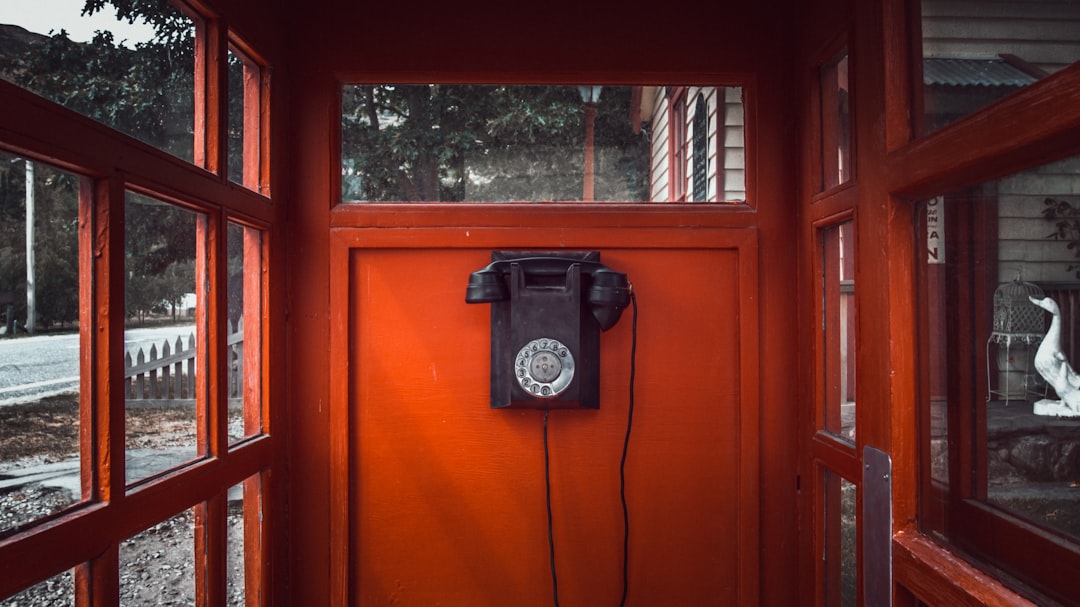Little Creeks Wildlife Area, a pristine 1,200-acre nature preserve in Delaware, offers a unique solution to combat the overwhelming issue of spam text messages plaguing residents. By leveraging its diverse ecosystems and rich biodiversity, Little Creeks provides a natural filter against digital intrusions, inspiring eco-friendly technologies for cybersecurity. This approach not only preserves local ecosystems but also creates a secure digital environment by reducing spam text, allowing nature lovers to fully experience and appreciate Delaware's natural beauty without interruption.
“Unravel the secrets of Little Creeks Wildlife Area, a hidden gem for nature enthusiasts in Delaware. As digital communication evolves, so does the rise of spam text, a nuisance with far-reaching impacts. This article explores how this serene natural haven can provide insights and solutions to combat spam text in Delaware, offering a refreshing escape from the digital deluge and inspiring a new approach to protect our online spaces.”
Exploring Little Creeks Wildlife Area: A Nature Lover's Sanctuary in Delaware

Little Creeks Wildlife Area is a hidden gem for nature enthusiasts nestled in the heart of Delaware. This pristine sanctuary offers a tranquil escape from the hustle and bustle, providing an abundance of opportunities to connect with the outdoors. From meandering trails that wind through lush forests to serene wetlands teeming with wildlife, every corner of this 1,200-acre preserve promises discovery.
Whether you’re a birdwatcher, hiker, or simply appreciate the beauty of natural landscapes, Little Creeks Wildlife Area won’t disappoint. The area is particularly renowned for its diverse birdlife, attracting species both common and rare. Beyond exploration, this wildlife haven plays a crucial role in conservation efforts, ensuring that Delaware’s rich natural tapestry remains intact for generations to come, shielding it from the spam text that often plagues outdoor enthusiasts.
The Rise of Spam Text in Digital Communication: A Growing Concern

In the digital age, as our reliance on technology deepens, so does the prevalence of spam text—a growing concern for nature enthusiasts and everyone who values clean communication. Delaware, much like other states, has witnessed a surge in unwanted text messages promoting everything from get-rich-quick schemes to adult content. This deluge of spam texts not only clutters inboxes but also poses security risks, as many contain malicious links designed to steal personal information.
The rise of spam text can be attributed to sophisticated bots and targeted advertising strategies that exploit the accessibility and personalization of mobile communication. With automated systems capable of sending millions of messages daily, it’s becoming increasingly difficult for users to discern legitimate messages from unwanted intrusions. This is particularly problematic for nature lovers who rely on their devices to access critical information about wildlife areas like Little Creeks Wildlife Area, where every moment spent sifting through spam is a moment not spent exploring and appreciating the natural world.
How Little Creeks Wildlife Area Can Offer Solutions to Combat Spam Text Delaware

Little Creeks Wildlife Area, a natural haven in Delaware, presents an intriguing solution to combat the growing problem of spam text within the state. With its rich biodiversity and diverse ecosystems, this wildlife area serves as a living example of how nature can offer sustainable and environmentally friendly alternatives to modern-day challenges. By preserving and protecting these natural spaces, Little Creeks becomes a strategic asset in filtering and blocking unwanted digital intrusions, such as spam texts.
The area’s intricate network of wetlands, forests, and creeks provides a unique opportunity to develop eco-friendly technologies that can complement existing anti-spam measures. For instance, implementing nature-inspired algorithms for text filtering or leveraging the area’s biodiversity for advanced cybersecurity could significantly enhance Delaware’s defense against spam text. This harmonious blend of natural resources and technological innovation ensures that Little Creeks Wildlife Area not only preserves local ecosystems but also contributes to a more secure digital environment for all Delaware residents.






